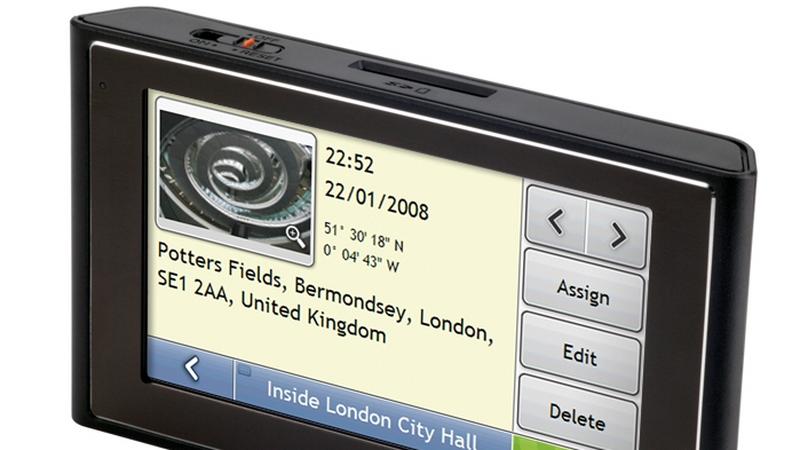Flash firmware itunes l7 hp dv9310ca flash firmware. Firmware update for mio moov 200 alba rdvd 1000. Firmware upgrade fugifilm 330 updating firmware. Red alert 2 serial number for xwis forum 2017.
Mongoose traveller high guard pdf converter. High Guard deals with the navies of the Imperium, of subsectors, and of worlds. REQUIRED MATERIAL Much of High Guard refers to rules and equipment found in Traveller. In addition to this book, the basic set of Traveller (Books 1, 2, and 3) is essential, as are at least two six-sided dice, paper, and pencil.
Mio’s new GPS devices all carry the “Moov” label. The top-of-the-range Moov 370 unit features text-to-speech, safety alerts and Bluetooth hands-free, and comes packaged with a TMC antenna, which enables live traffic updates. Aesthetically, the Moov series doesn’t depart much from the previous DigiWalker line.
Despite the 4.3in widescreen display, Mio has managed to trim the Moov 370 down to a respectable size. It’s also relatively light, and the plastic finish feels sturdy; the brushed silver bezel surrounding the display is a nice touch. The display has a reasonable viewing angle and is usable in direct sunlight — a must for use in the Australian climate. The window mount works well enough, but it’s a little bulky when compared to TomTom’s EasyPort mount, seen on its and units.
We didn’t like the power switch, either; we much preferred the single button used on the DigiWalker models. Mio now uses NAVTEQ maps, promising 100 per cent coverage of Australian roads. It has also redesigned the map layout and slightly altered the user interface from previous models. Although most of the changes are positive, the omission of the split-screen technology introduced on the is a disappointment. The upside to the changes is that the previously confusing map and menu interface has been fixed. Menus are now clearly labelled and straightforward.
Particularly impressive is the map display, which is no longer cluttered with icons. Searching for an address or POI is easy, although it also reveals the Moov 370’s biggest flaw — speed. Though it eventually recognises your key presses on the touch screen, there is significant keystroke delay when typing in an address. Thankfully, speed isn’t an issue for the SiRF Star III receiver, as the Moov 370 usually manages to lock onto a GPS signal within a minute of being powered on. The MioMap 2008 interface uses standard 2-D and 3-D views, in addition to a traffic overview with reported congestion areas highlighted on the map. The maps have a reasonable level of detail, with street names easily readable and the current location clearly marked.
Mio’s automatic zoom feature is present; it activates every time you make a turn to give you the clearest possible route. We were impressed with the Australian text-to-speech voice: it announces street names loudly and clearly and doesn’t have much trouble with pronunciation. The Moov 370 also includes a comprehensive package of safety alerts, including red light cameras, speed cameras, school zones, speed zones, accident black spots and railway crossings. Mio has partnered with SUNA to bring traffic updates to these units, and the included antenna means it's ready to go out of the box. The antenna is a bit fiddly to stick to your window, but it can be relatively unobtrusive if tucked along the side of your vehicles A-pillar. SUNA utilises the Radio Data System (RDS) standard to transmit traffic information to the Moov 370 every three minutes.
In the preferences menu you can choose to automatically have the unit navigate around a reported traffic hold-up or it can notify you and allow you to decide if you wish to alter your route. The latter is a better option, as reported delays may only be minor. The traffic data displays what type of congestion there is — for example traffic congestion or stationary traffic — and also provides an average speed in the area to aid your decision.


Other new additions to the Moov 370 are live POI search, NavPix and 3-D landmarks. Prominent landmarks, such as the Sydney Opera House, are displayed in 3-D, allowing you to rotate the view 360 degrees to see right around the location. NavPix allows users to navigate to images geotagged with GPS coordinates, although there is no camera to take new NavPix photos.